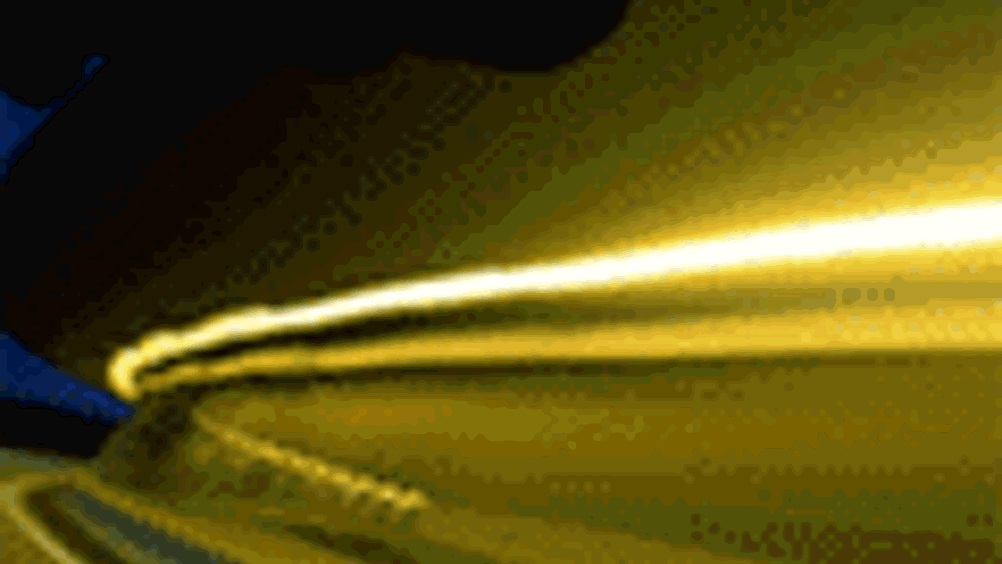Lasers stabilised
A compact method for stabilising lasers that uses a new design to reduce sensitivity to vibration and gravity has been demonstrated in the US.

A compact, inexpensive method for stabilising lasers that uses a new design to reduce sensitivity to vibration and gravity 100 times better than similar approaches has been demonstrated by scientists at
in Boulder, Colorado. JILA is a joint institute of the
(NIST) and the
.
The method, described in the July 15 issue of Optics Letters, stabilises laser light to a single frequency, so that it can be used as a reliable reference oscillator for technologies such as optical clocks and light-based radar (lidar). The new stabiliser design performs better than similar systems of comparable size and is much smaller and less expensive than the best-performing systems, according to physicist John Hall, a co-author of the paper.
Laser systems are highly sensitive to environmental disturbances, such as electronic "noise" and vibration from equipment with mechanical motors. To stabilise operations in cases when high precision is needed, lasers are often "locked" to a single wavelength/frequency using an optical "cavity," a small glass cylinder with a mirror facing inward on each end. Laser light bounces back and forth between the mirrors and, depending on the exact distance between them, only one wavelength will "fit" that distance best and be reinforced with each reflection.
Register now to continue reading
Thanks for visiting The Engineer. You’ve now reached your monthly limit of news stories. Register for free to unlock unlimited access to all of our news coverage, as well as premium content including opinion, in-depth features and special reports.
Benefits of registering
-
In-depth insights and coverage of key emerging trends
-
Unrestricted access to special reports throughout the year
-
Daily technology news delivered straight to your inbox










Water Sector Talent Exodus Could Cripple The Sector
Maybe if things are essential for the running of a country and we want to pay a fair price we should be running these utilities on a not for profit...